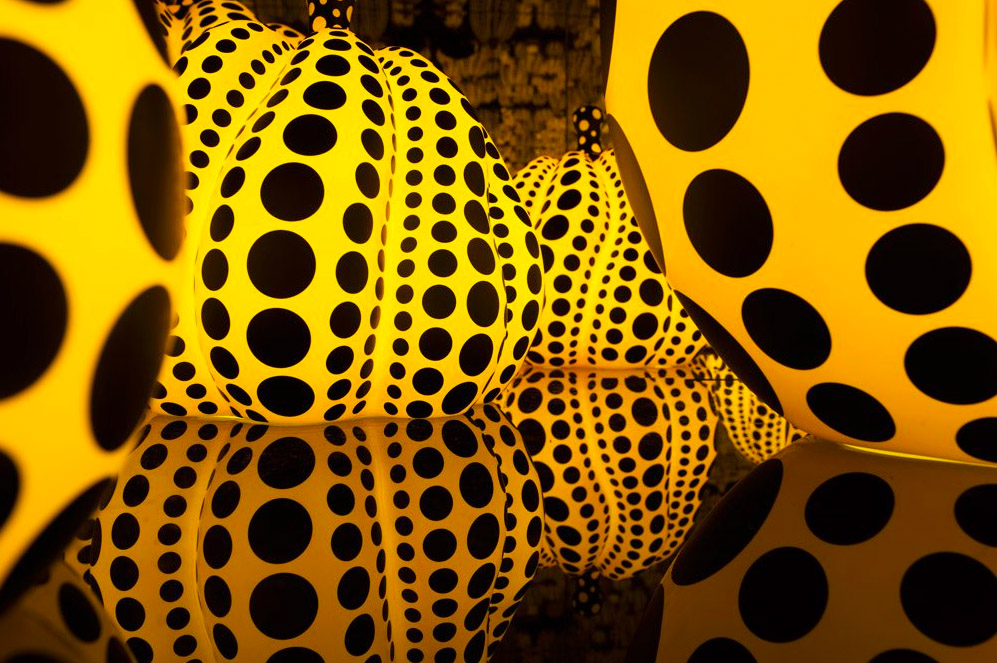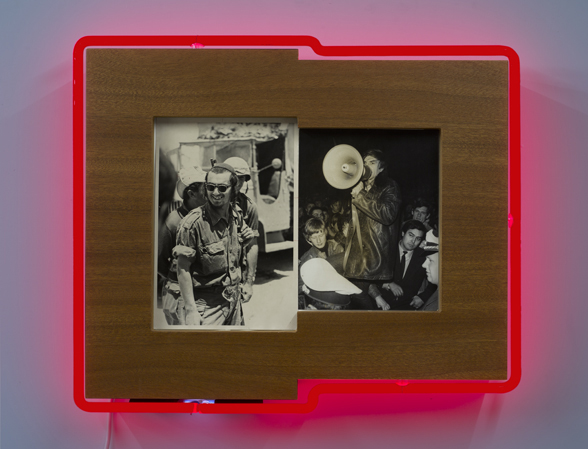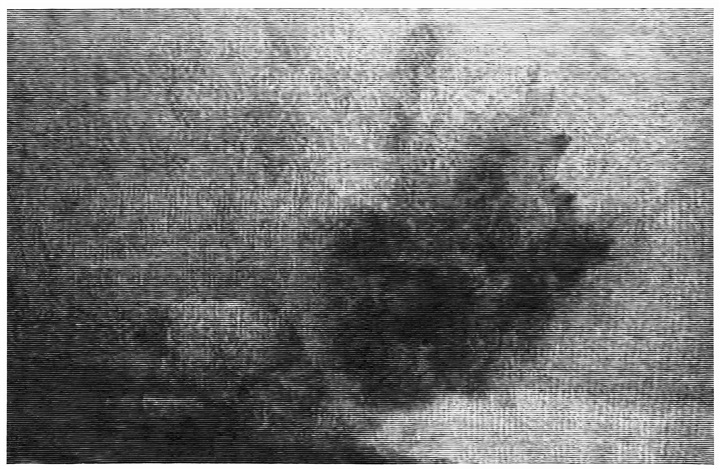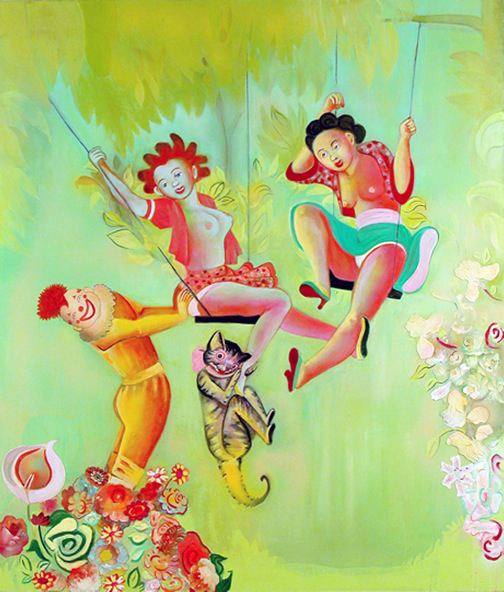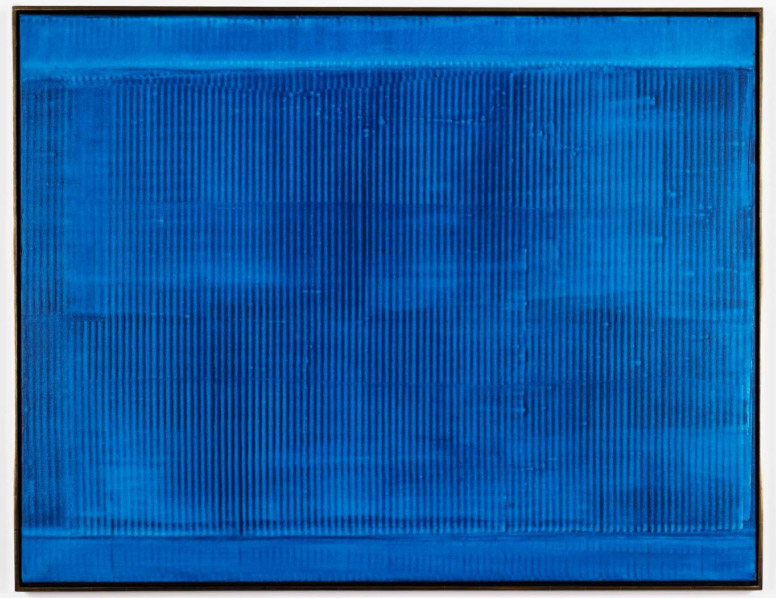YAYOI KUSAMA
2016-05-30Yayoi Kusama’s lifelong exploration of the self’s relationship to the infinite cosmos has given rise to a highly influential career in which she has continuously innovated and re-invented her style. For the exhibition at the Wharf Road galleries, she has created three mirror rooms: Pumpkin’s Infinity Mirrored Room, Chandelier of Grief and Where the Lights in My Heart Go, all of which place the viewer within a universe of varying proliferating reflections.
New paintings displayed alongside these immersive rooms continue an enduring preoccupation with multiplying polka dots and dense scalloped ‘infinity net’ patterns – Kusama’s obsessive repetition of these forms on canvas, which she has described as a form of active self-obliteration, responds to hallucinations first experienced in childhood. The pumpkin, another motif that she has returned to throughout her career, is also present in the form of new polished mirror sculptures.
Opposite – All the Eternal Love I Have for the Pumpkins, 2016
Exhibition runs through till July 30th, 2016
Victoria Miro Gallery
16 Wharf Road
N1 7RW
London
